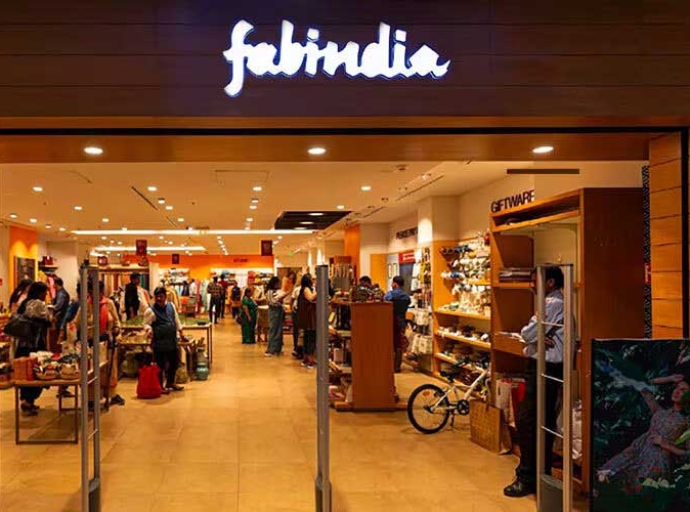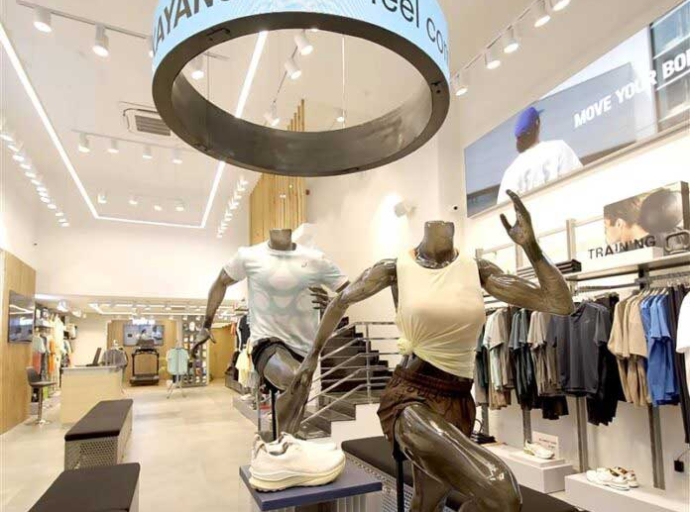14 December 2022, Mumbai
Strong fiscal and economic policies, rising disposable income, and other factors supporting the fast-growing Indian retail market are driving up consumer spending and the labor force. It has therefore undergone some significant changes and growth in recent years. Fashion retail is one of this expanding market's most influential and fastest-growing categories.
Market size
The domestic shirt market was forecast to be worth Rs 39,659 crore in 2017; by 2027, it was predicted to increase at a CAGR of 6% to reach Rs 69,361 crore. Twelve percent of India's overall apparel market is made up of shirts. Men's shirts account for 94% of the global shirt market, with women's shirts accounting for the remaining 6% of sales and expanding twice as quickly as the men's segment. The market for men's shirts in India is estimated to be worth 37,132 crore, and it is the largest category of men's clothing, accounting for 28% of the overall market for men's clothing. Formal and semi-formal shirts make up about 40% of the need for men's shirts.
Changing landscape
The men's shirt market has changed from restricted color and design options to different categories of formal and fashionable shirts in the past few years. Demand for stylish shirts is rising as consumer preferences for semi-formal and casual clothing change.
Women's shirts are a new and modestly sized subcategory of women's clothing. Only 2% of the women's apparel market, dominated by women's ethnic wear, comprises this segment, with a market value of Rs 2,527 crore.
Due to the rising number of women in the workforce and the consequent high demand for formal shirts among women, this category is predicted to increase at a CAGR of 11% shortly.
Change is the only constant
The need for both formal and casual shirts has increased due to changes in women's tastes and preferences in metros and Tier-I cities, and it is anticipated that this demand will soon spread to non-metros as well. In the past several years, there have been numerous changes in fabrics, fits, styles, and designs in India's overall shirt market.
Trending
The category is no longer limited to formal dress due to rising fashion consciousness among men and women and the inflow of foreign companies into the domestic fashion market. Previously primarily possessed by men, Shirts are now seen taking up a large portion of women's wardrobes.
As anticipated, it will increase faster than men's shirts shortly. Due to the increased demand for personalized shirts, the market is seeing a need for personalization. The merchants have introduced numerous size categories to cater to different demographics, such as slim fits, skinny fits, etc.
Preeminence; Shirts currently comprise a more significant portion of the ready-to-wear industry than other clothing categories. The traditional practice of purchasing fabric and having a tailor sew a shirt has fallen out of favor. Now more than ever, the Indian people prefer ready-to-wear shirts to ready-to-stitch cloth.
Growth curve
The shirt market has seen increased variety in color and fabric. Customers currently have various options for colors, patterns, and styles from retailers. Consumer preference and choice; Due to customers' growing preference for cotton due to its superior comfort and quality aspects, the cotton/cotton blend shirting market is predicted to grow more quickly than the whole shirting industry.
At the same time, the demand for modern materials like linen has increased recently. Growth levers; The middle class is expanding, which has given the shirt market a much-needed boost. Further growth drivers for the retail shirt market include expanding urbanization and corporate culture.
Shirt and aspirations
Young aspirants and youngsters working in the corporate sector will fuel the rise of the shirt market in the upcoming years. Fashion-conscious customers will continue to be drawn to semi-formal and casual shirts as alternatives to formal shirts due to their novel designs, fits, and color combinations.
Due to more women entering the workforce, the demand for women's shirts is also anticipated to increase. New trends in fabric design, finish application, the introduction of more color options, and fitting will also be seen on the market. Given that they can meet the constantly shifting fashion needs of both formal and semi-formal shirt customers, companies and retailers have much room to grow in the Indian shirt industry.
Latest Publications


































